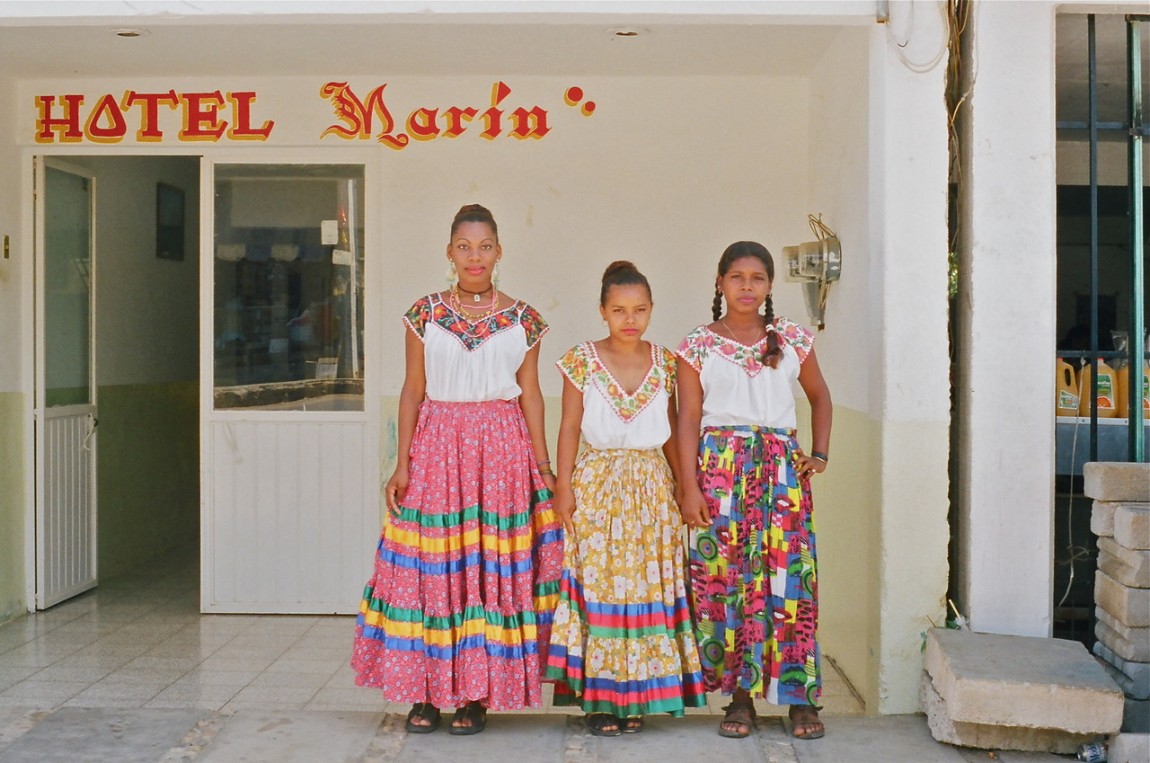Brother from Another Mother
The New Yorker
2015-02-23
Zadie Smith
Key and Peele’s chameleon comedy.
The wigs on “Key and Peele” are the hardest-working hairpieces in show business. Individually made, using pots of hair clearly labelled—“Short Black/Brown, Human,” “Long Black, Human”—they are destined for the heads of a dazzling array of characters: old white sportscasters and young Arab gym posers; rival Albanian/Macedonian restaurateurs; a couple of trash-talking, churchgoing, African-American ladies; and the President of the United States, to name a few. Between them, Keegan-Michael Key and Jordan Peele play all of these people, and more, on their hit Comedy Central sketch show, now in its fourth season. (They are also the show’s main writers and executive producers.) They eschew the haphazard whatever’s-in-the-costume-box approach—enshrined by Monty Python and still operating on “Saturday Night Live”—in favor of a sleek, cinematic style. There are no fudged lines, crimes against drag, wobbling sets, or corpsing. False mustaches do not hang limply: a strain of yak hair lends them body and shape. Editing is a three-month process, if not longer. Subjects are satirized by way of precise imitation—you laugh harder because it looks like the real thing. On one occasion, a black actress, a guest star on the show, followed Key into his trailer, convinced that his wig was his actual hair. (Key—to steal a phrase from Nabokov—is “ideally bald.”) “And she wouldn’t leave until she saw me take my hair off, because she thought that I and all the other guest stars were fucking with her,” he recalled. “She’s, like, ‘Man, that is your hair. That’s your hair. You got it done in the back like your mama would do.’ I said, ‘I promise you this is glued to my head.’ And she was squealing with delight. She was going, ‘Oh! This is crazy! This is crazy!’ She just couldn’t believe it.” Call it method comedy.
The two men are physically incongruous. Key is tall, light brown, dashingly high-cheek-boned, and L.A. fit; Peele is shorter, darker, more rounded, cute like a Teddy bear. Peele, who is thirty-five, wears a nineties slacker uniform of sneakers, hoodie, and hipster specs. Key is fond of sharply cut jackets and shiny shirts—like an ad exec on casual Friday—and looks forty-three the way Will Smith looked forty-three, which is not much. Before he even gets near hair and makeup, Key can play black, Latino, South Asian, Native American, Arab, even Italian. He is biracial, the son of a white mother and a black father, as is Peele. But though Peele’s phenotype is less obviously malleable—you might not guess that he’s biracial at all—he is so convincing in voice and gesture that he makes you see what isn’t really there. His Obama impersonation is uncanny, and it’s the voice and hands, rather than the makeup lightening his skin, that allow you to forget that he looks nothing like the President. One of his most successful creations—a nightmarish, overly entitled young woman called Meegan—is an especially startling transformation: played in his own dark-brown skin, she somehow still reads as a white girl from the Jersey Shore.
Between chameleonic turns, the two men appear as themselves, casually introducing their sketches or riffing on them with a cozy intimacy, as if recommending a video on YouTube, where they are wildly popular. A sketch show may seem a somewhat antique format, but it turns out that its traditional pleasures—three-minute scenes, meme-like catchphrases—dovetail neatly with online tastes. Averaging two million on-air viewers, Key and Peele have a huge second life online, where their visually polished, byte-size, self-contained skits—easily extracted from each twenty-two-minute episode—rack up views in the many millions. Given these numbers, it’s striking how little online animus they inspire, despite their aim to make fun of everyone—men and women, all sexualities, any subculture, race, or nation—in repeated acts of equal-opportunity offending. They don’t attract anything approaching the kind of critique a sitcom like “Girls” seems to generate just by existing. What they get, Peele conceded, as if it were a little embarrassing, is “a lot of love.” Partly, this is the license we tend to lend to (male) clowns, but it may also be a consequence of the antic freedom inherent in sketch, which, unlike sitcom, can present many different worlds simultaneously…
…Key, who thinks of himself as being from a slightly different era, has no interest in hip-hop (“I’m a sixties R. & B. man”) and speaks of his personal life and history more readily, in a great flowing rush, though perhaps this is simply to save time, as the story comprises an unusual number of separate compartments. Born in Detroit, he is the child of an affair between a white woman and her married black co-worker, and was adopted at birth by another mixed-raced couple, two social workers, Patricia Walsh, who is white, and Michael Key, who hailed from Salt Lake City, “with the other twelve black people.” The couple raised Key but divorced while he was an adolescent. Key’s father then married his stepmother, Margaret McQuillan-Key, a white woman from Northern Ireland. Key’s familial situation was often in flux: after his own adoption came a sibling; then his parents’ divorce and his father’s remarriage….
Read the entire article here.


